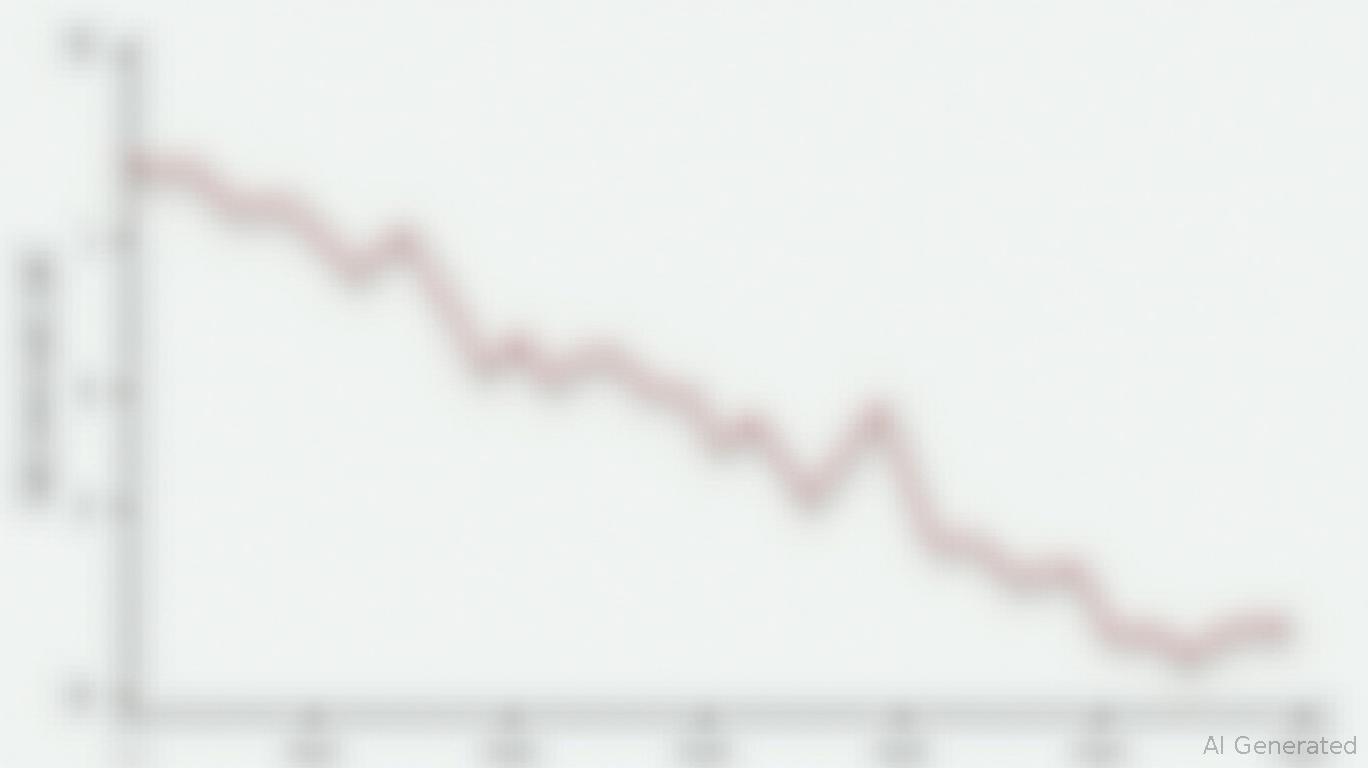The INR's Balancing Act: Navigating US Rate Risks and RBI Policy to Seize Currency Opportunities
The Indian rupee (INR) faces a precarious balancing act as surging U.S. Treasury yields, a data-dependent Federal Reserve, and the Reserve Bank of India's (RBI) accommodative stance collide. Recent U.S. jobs data and inflation signals have reignited rate-cut skepticism, creating headwinds for emerging markets like India. For investors, this environment offers a nuanced opportunity to exploit the rupee's volatility through strategic exposure or hedging. Here's how to decode the interplay between global yields, policy divergence, and INR dynamics.
The U.S. Yield Surge and Its Ripple Effect
The May U.S. jobs report, which showed 139,000 new jobs—above expectations—sent the 10-year Treasury yield soaring to 4.506% by early June. This climb reflects reduced expectations of near-term Fed easing, even as labor market softness persists. The yield's trajectory is critical for the INR because rising U.S. rates
dollar demand, squeezing emerging-market currencies like the rupee.
The RBI's recent 50-basis-point rate cut (to 4.25%) to support growth has further widened the rate differential between India and the U.S., exacerbating INR selling. This divergence creates a “carry trade” incentive: investors borrow in low-yielding INR and invest in higher-yielding USD assets, depressing the rupee. The USD/INR pair has already risen to 84.20, a level last seen in early 2024, with further upside risks if U.S. yields stay elevated.
RBI's Dilemma: Balancing Growth and Currency Stability
India's economic fundamentals—low inflation (CPI at 3.5%), manageable fiscal deficits, and strong FDI inflows—provide a buffer against external pressures. However, the RBI's easing cycle faces a Catch-22: cutting rates supports domestic growth but risks weakening the INR further. Analysts at Kotak Mahindra AMC note that India's 10-year bond yields (trading at 6.20-6.25%) remain insulated from U.S. trends due to “homegrown drivers,” such as reduced government borrowing and liquidity injections. Still, short-term INR volatility is inevitable as markets price in Fed policy shifts.
The RBI's June rate cut was a bold move, but it hinges on external conditions. Should the Fed delay its first rate cut until late 2025—as now priced in markets—the rupee could test 85.00, its 2024 peak. Conversely, a faster-than-expected Fed pivot or a sudden drop in U.S. yields could trigger a sharp INR rebound.
Trade Tensions: The Wild Card in INR Volatility
Geopolitical risks, particularly U.S.-China trade dynamics and India's export competitiveness, add another layer of uncertainty. U.S. tariffs on Indian goods—projected to shave 0.1-0.3% off India's GDP—could weaken the trade balance, pressuring the INR. Meanwhile, a resolution to trade disputes or a slowdown in China's growth could redirect capital flows, favoring the rupee.
Investors must also monitor India's current account deficit (CAD), now at 2.1% of GDP, which makes the INR vulnerable to capital outflows. A widening CAD would amplify the currency's sensitivity to Fed hawkishness.
Navigating the INR: Trading Strategies for Near-Term Opportunities
For traders, the INR's volatility presents three actionable angles:
Short-Term USD/INR Exposure:
With U.S. yields likely to remain elevated ahead of the June CPI report and Fed meeting, a long USD/INR position could target 84.50-85.00. Use stop-losses near 83.80 to mitigate sudden Fed dovish surprises.Hedging via Currency Options:
Investors with INR-denominated assets can hedge against depreciation using put options on USD/INR. A 3-month put option at 84.00 provides downside protection while allowing participation in a potential rebound.Bond Market Arbitrage:
India's 10-year G-sec yields remain stable despite global pressures. Traders can pair long positions in Indian bonds with short USD exposure, capitalizing on the RBI's liquidity support and low inflation anchoring yields.
Final Take
The INR's path ahead is a tightrope walk between global rate cycles and domestic stability. While the RBI's accommodative stance and India's strong fundamentals limit a freefall, the rupee's near-term trajectory hinges on Fed policy clarity and trade outcomes. For traders, staying nimble—whether through directional currency bets or hedging—will be key to profiting from this high-stakes interplay.
Stay data-dependent, and keep an eye on the June CPI and Fed minutes. The next few weeks could decide whether the rupee's volatility becomes an opportunity or a trap.

Comments
No comments yet